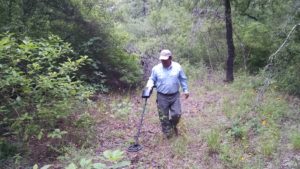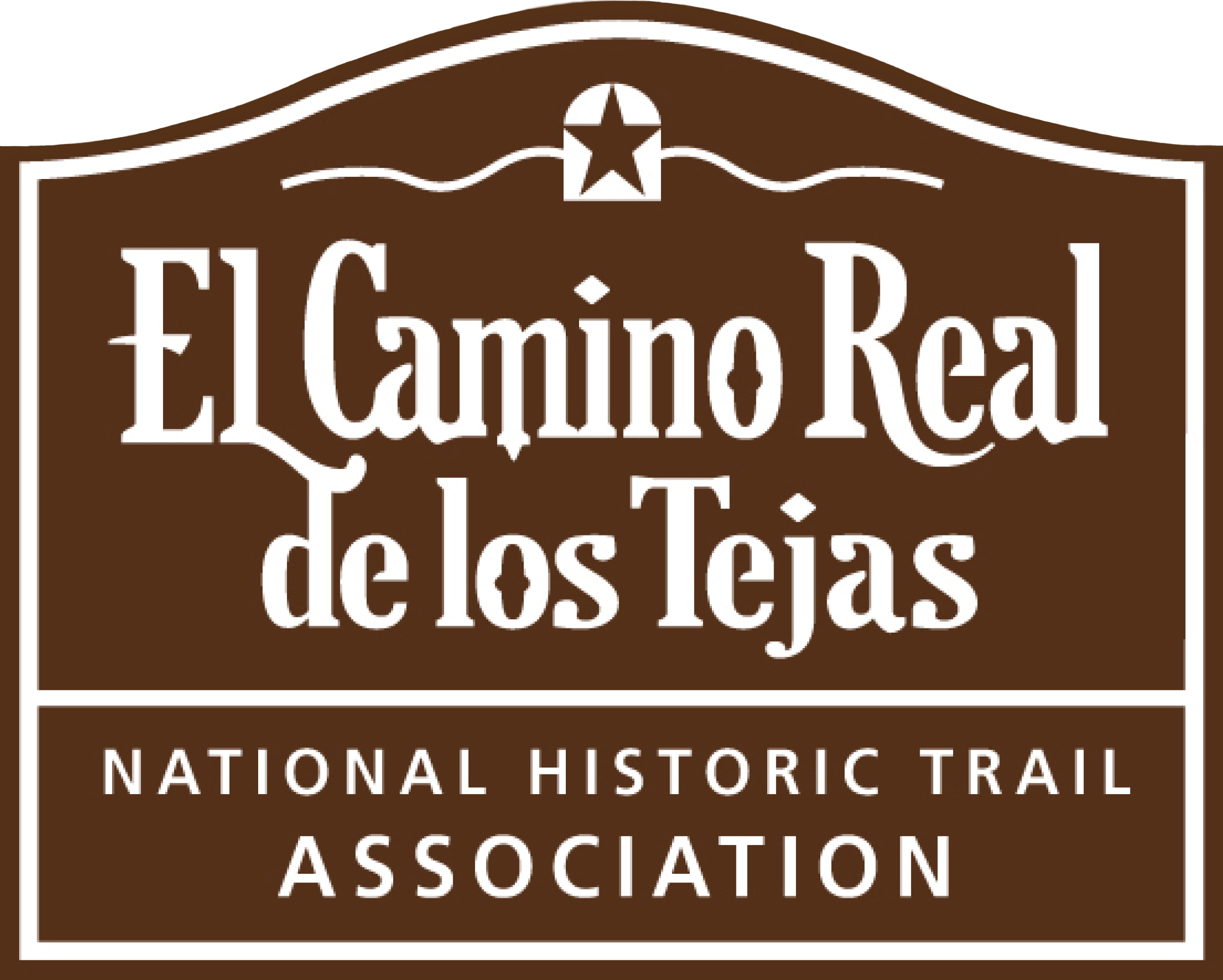El Camino Real de los Tejas Rancheria Grande Project (Project) is a collaborative effort between the Association, GTI Environmental, LLC (GTI), and certain landowners whose properties are located at the confluence of Pin Oak Creek and Alligator Creek directly adjacent to Gause, Texas.
The Project includes archival research, archaeological investigations and reporting of archaeological sites. The association has received a $30,000 Texas Preservation Trust Fund grant from the Texas Historical Commission, and an additional $30,000 in matching funds were raised towards the project, giving it a total of $60,000 worth of funding! Archaeologists intend to conduct their investigations to demonstrate that the archaeological sites merit designation in the National Register of Historic Places as the Rancheria Grande Archaeological District. The national significance is seen by the presence of a segment of El Camino Real de los Tejas National Historic Trail in the project area. The project is viable, because the resources are intact, the professionals meet the Secretary of the Interior’s Standards and Guidelines for Archaeology and Historic Preservation, and GTI has budgeted, designed, managed, and completed reports for similar financed projects, such as the Lobanillo Swales Historic Resources Report and Archaeological National Register Testing Report resulting in the sites’ listing in the NRHP and SAL designation. The project will benefit the public by allowing for a deeper understanding of Texas’ early 18th-century history between San Antonio and Nacogdoches, especially that of Native American communities that historically inhabited the Rancheria Grande.
The Rancheria Grande has been the focus of historians and Texas settlers for 300 years. Spanish Colonial written records refers specifically to the Rancheria Grande in correspondence between Martín de Alarcón and the Marqués de Aguayo from 1719 to 1721. While the San Francisco Xavier de Nájera Mission was established in San Antonio for the Ervipiame in 1722, Father Juan Agustín Morfi tells us another mission (San Xavier) was established for the Ervipiame in the area of Milam County during 1747. The archaeological project will take place at this later location in Milam County, Texas.

Sergio Iruegas of GTI Environmental conducts an archaeological survey in Milam County.



